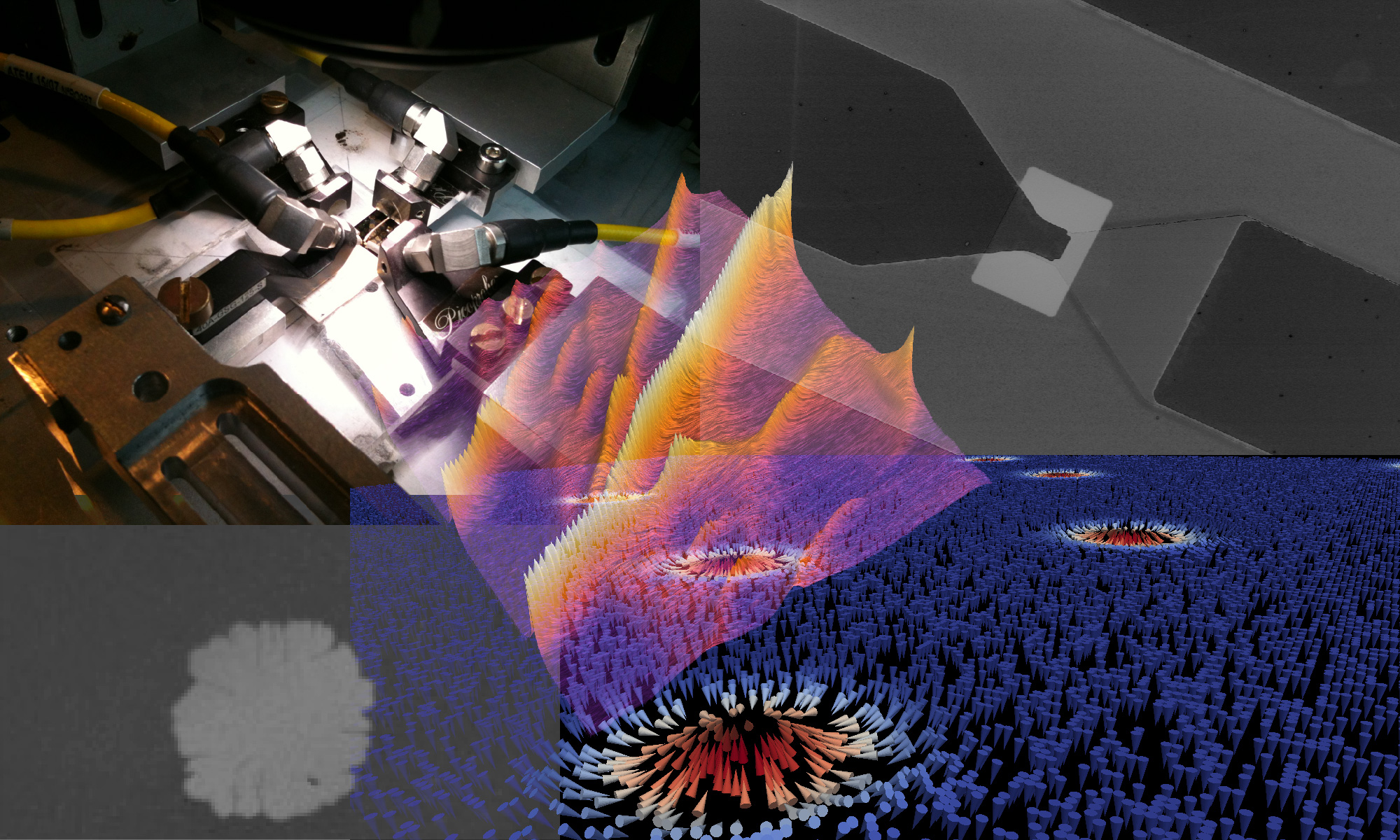Scientific project:
CMOS technology through transistor scaling has been the main driver for the huge productivity growth registered over the past 50 years. However, transistor scaling is approaching its physical limits and new devices and architectures are being investigated to continue the performance scaling. To replace the silicon transistor, many devices have been proposed and are currently at varying levels of maturity – from ideas to experimental demonstrations. Devices with magnons (i.e. propagating waves formed by collective spin excitations) as a state variable is one of the promising concepts for wave-based computing.

Continue reading “Master 2 internship offer: magnon-magnon interactions for advanced wave-based computing”
